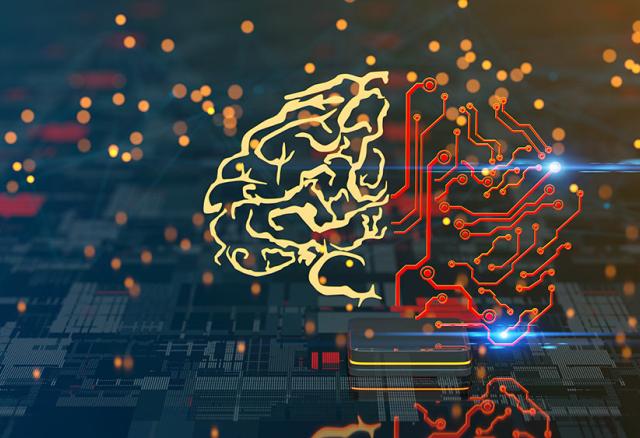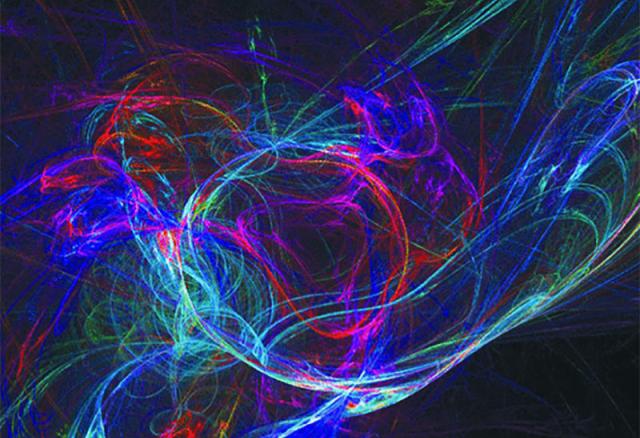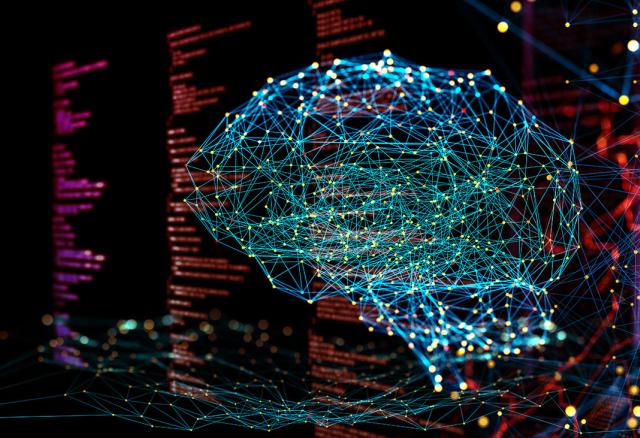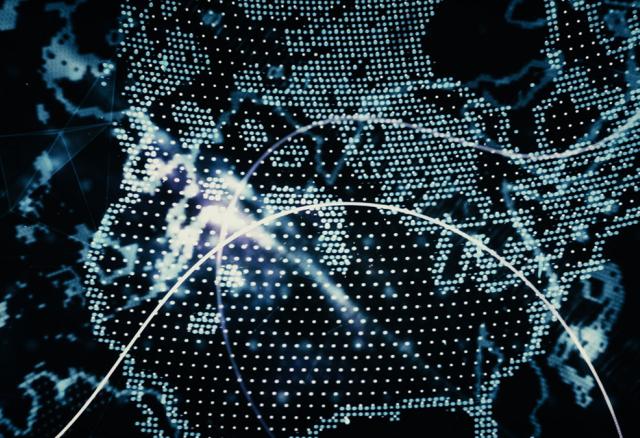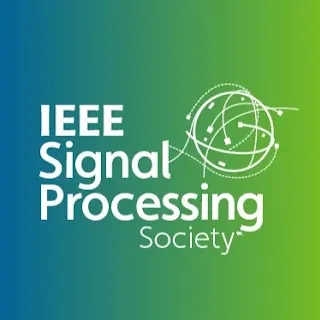A Guide to Computational Reproducibility in Signal Processing and Machine Learning
A computational experiment is deemed reproducible if the same data and methods are available to replicate quantitative results by any independent researcher, anywhere and at any time, granted that they have the required computing power. Such computational reproducibility is a growing challenge that has been extensively studied among computational researchers as well as within the signal processing and machine learning research community.

